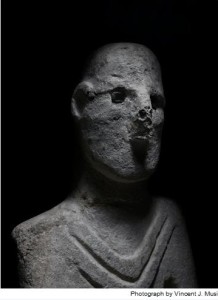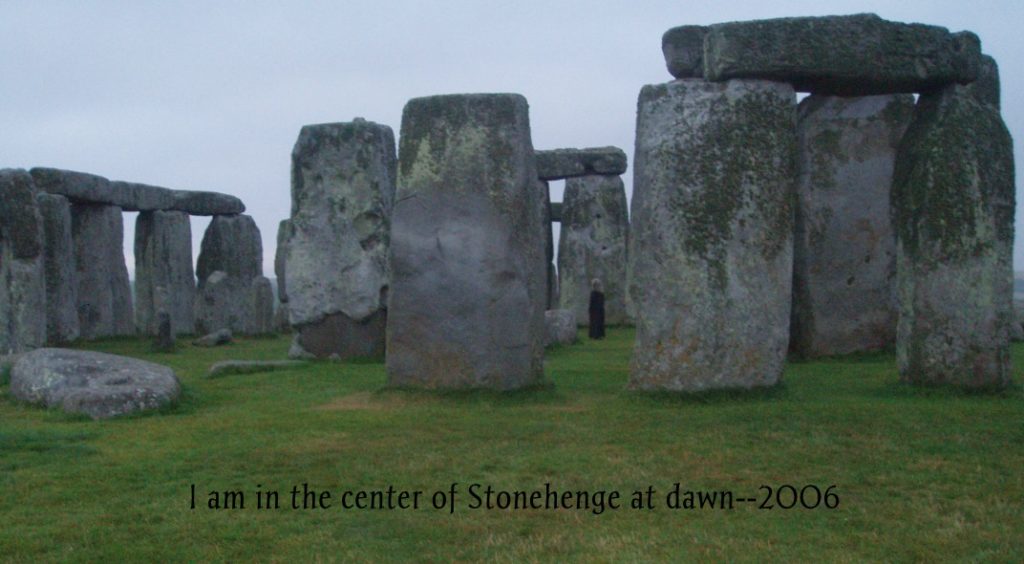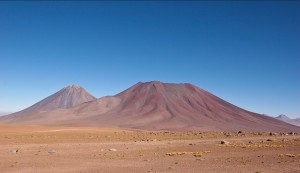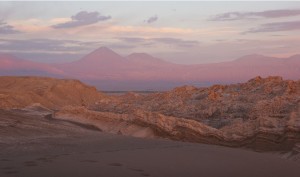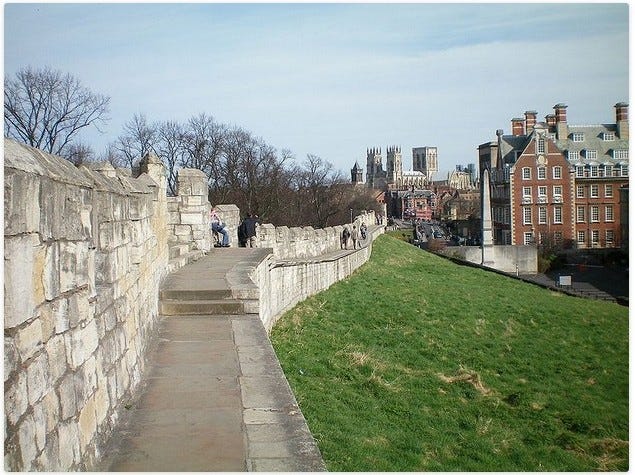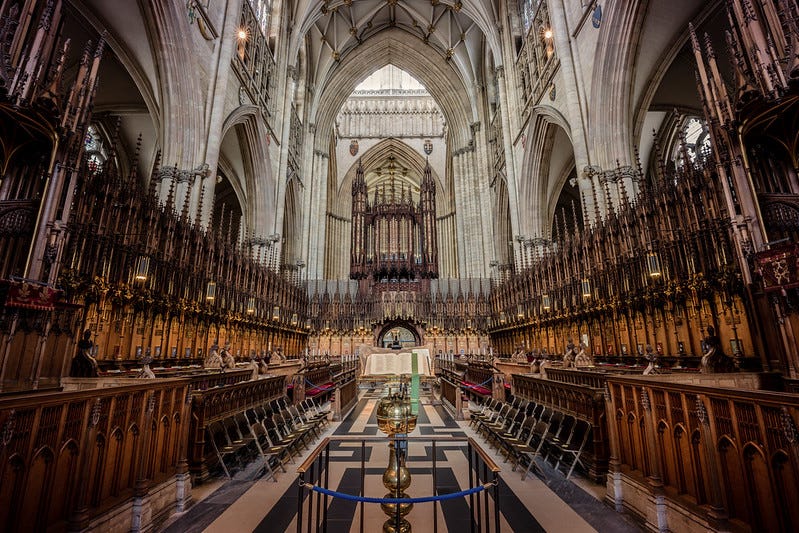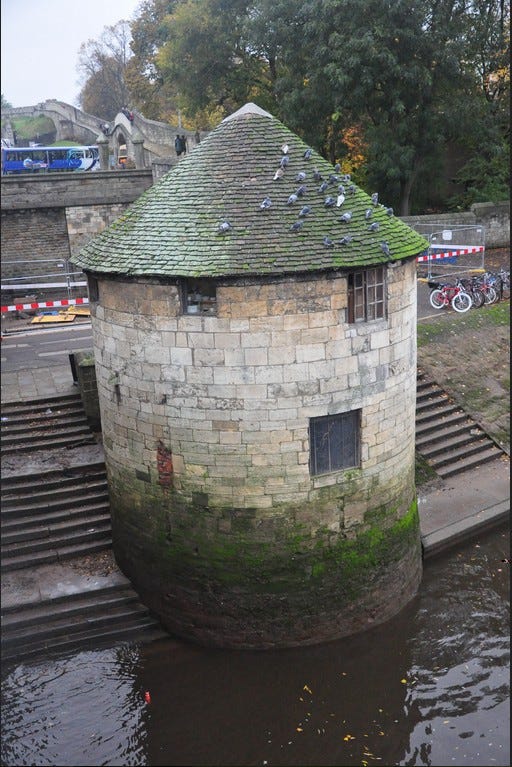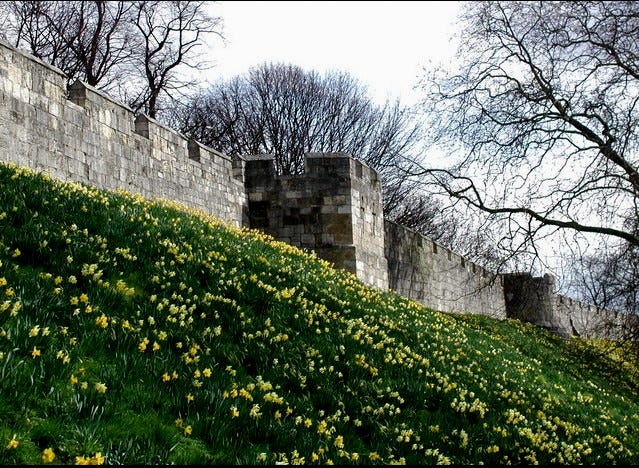The face in this photo was carved in stone over 11,000 years ago. It was discovered by archaeologists during excavations at Gobekli-Tepe in the Southeastern Anatolia Region of Turkey. When I saw it in a National Geographic article from 2011, the face reminded me of something and I couldn’t get it out of my mind. Suddenly, I knew what. It held a startling resemblance to the alien in the first episode of The Outer Limits, First Series.
That first episode of The Outer Limits has stayed with me for such a long time, the haunting image and theme it had. The similarity to the stone monument is mesmerizing! What accounts for the convergence of like-entities so many thousands of years apart?
The Gobekli-Tepe dig site was discovered in 1994. It is awesome…beyond awesome. See the National Geographic article on it, with photos that seem to enter an alternate reality, HERE.
One quote from the article speaks of the surprise to the archaeologists that such a place exists, like finding Stonehenge itself for the first time: “Discovering that hunter-gatherers had constructed Göbekli Tepe was like finding that someone had built a 747 in a basement with an X-Acto knife.”
What we don’t know about what has occurred on this planet surpasses what we do know…every other decade we have to rewrite ancient history–and our own future–because of another discovery “unearthed.”
How many other civilizations are still hidden from us?
I send out an occasional newsletter with updates and special content. You are most welcome to join here.

